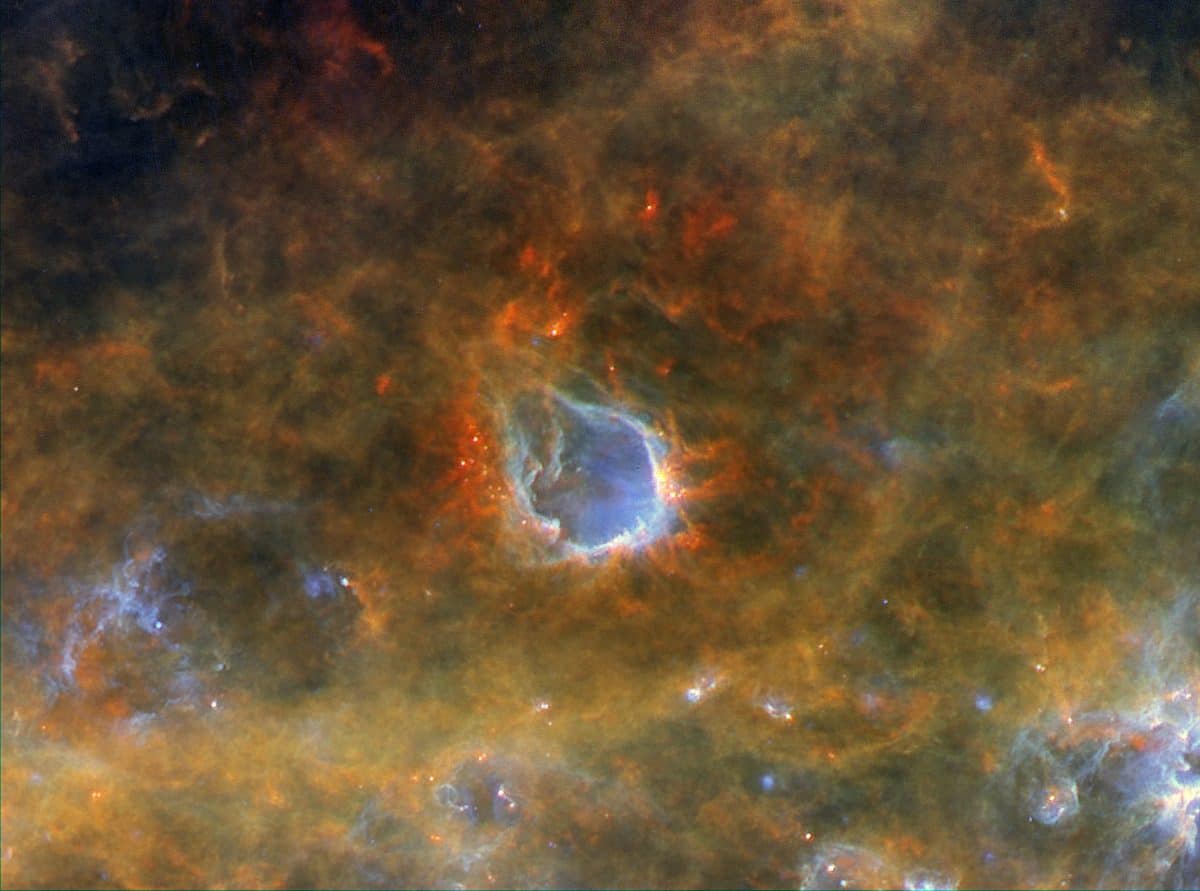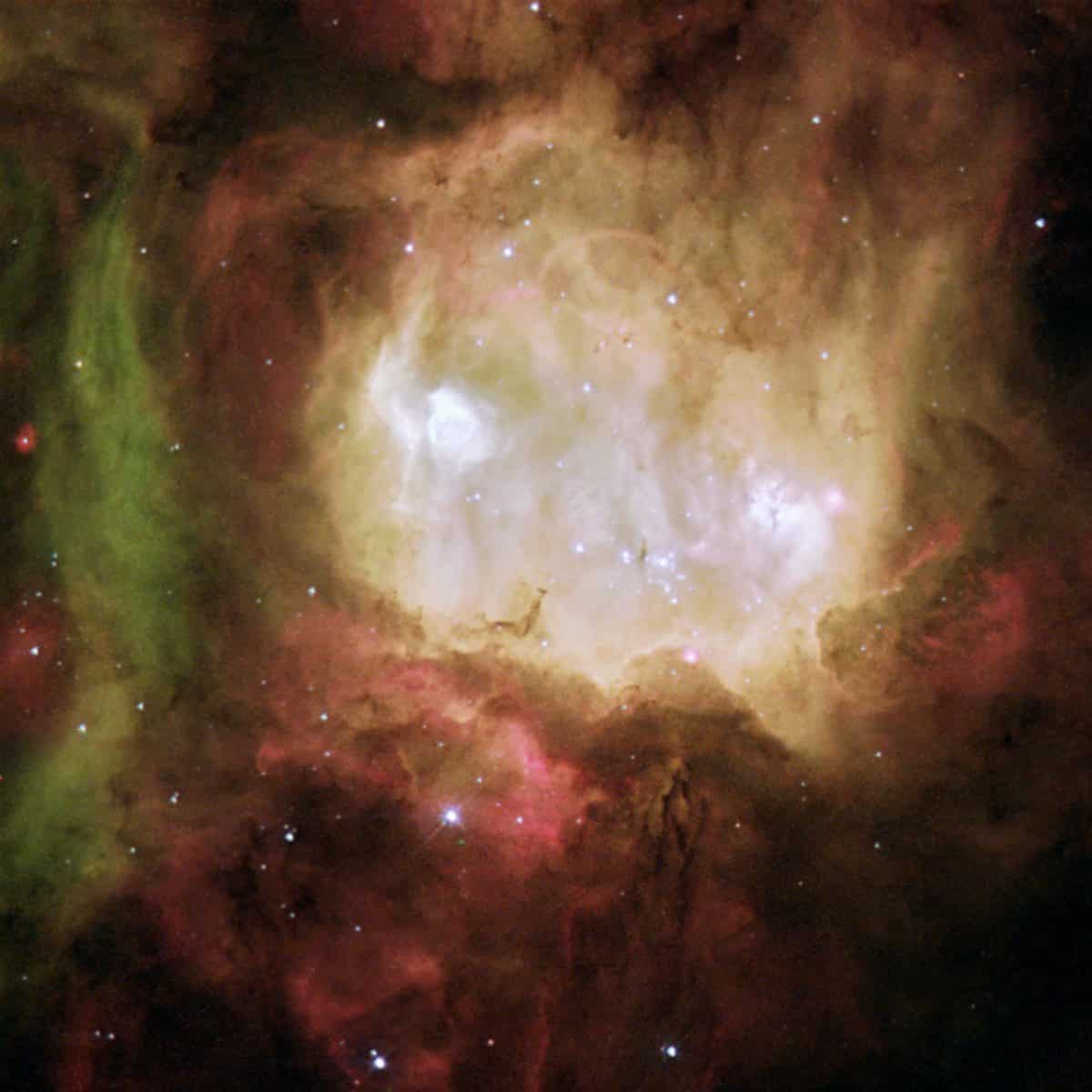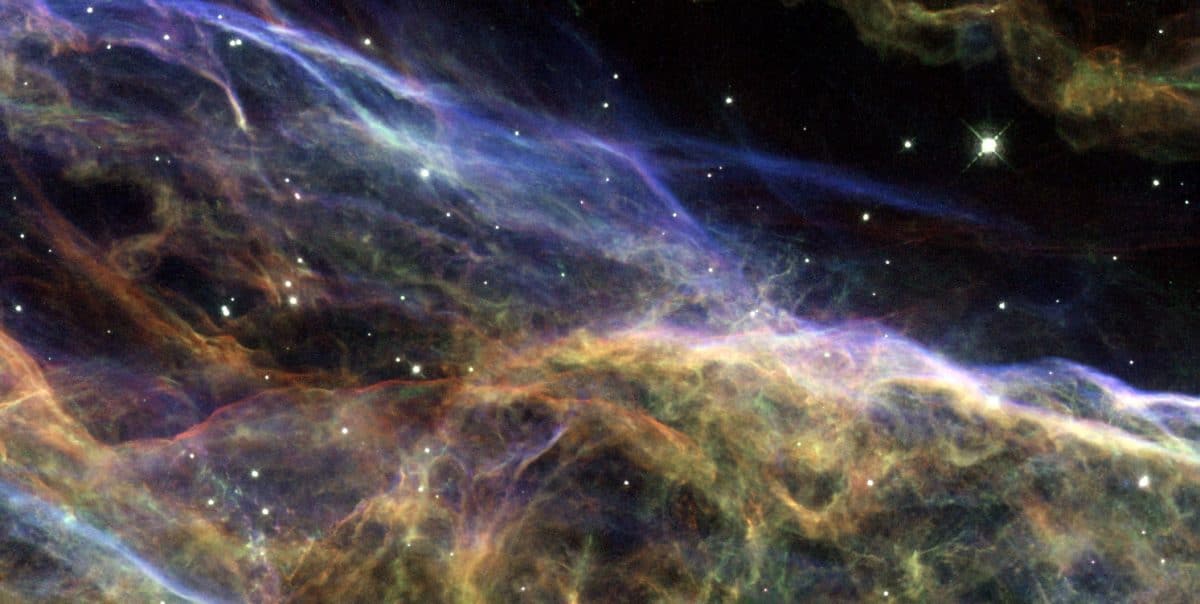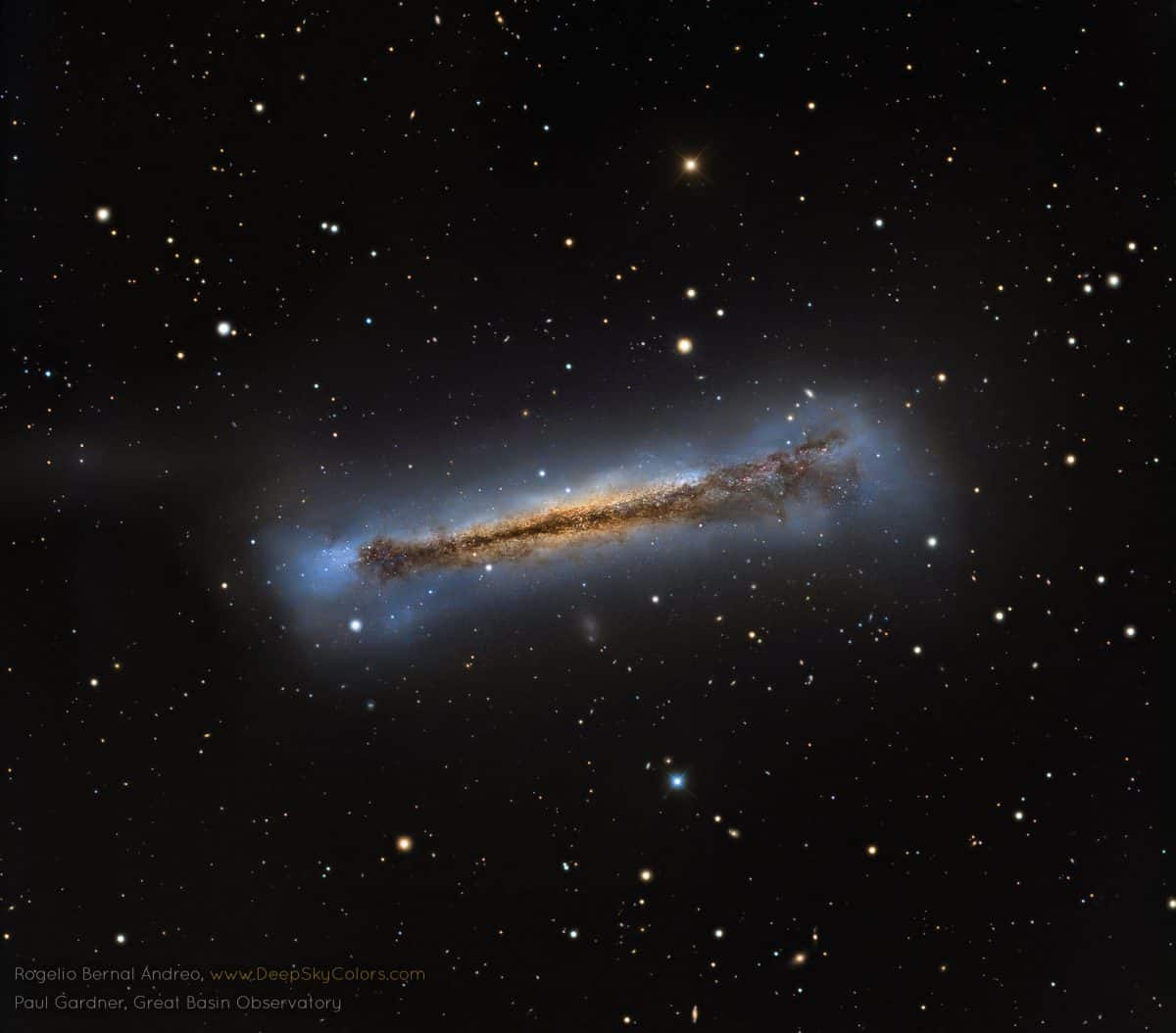Blog
Badie Muhammad El Tayb, is one of the Haqibah generation, he performing one of the traditional Haqibah songs, Nour Jabienou Sabah HAQIBAH Modern Northern Sudanese music has its roots in haqibah (pronounced hagee-ba). It originated in the early 1920s, and was originally derived from the Muslim gospel style known as madeeh. Haqibah is essentially a harmonic a cappella and vocal style, with percussion coming from the tambourine-like riq and from other instruments. Occasionally tonal instruments such as the piano and the qanun are used. The early pioneers were mostly singer-songwriters, including the prolific Karoma, author of several hundred songs, the innovative Ibrahim al-Abadi and Khalil Farah, who was active in the Sudanese independence movement. Al-Abadi was known for an unorthodox style of fusing tradition wedding poetry with music. Other songwriters of the era included Mohammed Ahmed Sarror, Al-Amin Burhan, Mohamed Wad Al Faki and Abdallah Abdel Karim.
https://www.youtube.com/watch?v=eycGBXDiufI
more...The RCW 120 bubble seen by ESA’s Herschel space observatory. It lies about 4300 light-years away.
A star at the centre, not visible at these infrared wavelengths, has blown a beautiful bubble around itself with the mighty pressure of the light it radiates. The pressure is so strong that it has compressed the material at the edge of the bubble, causing it to collapse and triggering the birth of new stars.
The image is a composite of the wavelengths of 70 microns (blue), 160 microns (green) and 350 microns (red).
more...Edward Rudolph “Butch” Warren Jr. (September 8, 1939 – October 5, 2013) was an American jazz bassist who was active during the 1950s and ’60s.
Warren’s mother was a typist. His father, Edward Sr., was an electronics technician who played piano and organ part-time in clubs in Washington, D.C. The Warren home was often visited by jazz musicians Billy Hart, Jimmy Smith, and Stuff Smith. The first time Butch Warren played bass was at home on a instrument left by Billy Taylor, who had played bass for Duke Ellington. Warren has cited Jimmy Blanton, another Ellington bassist, as his biggest inspiration.
Warren began playing professionally at age 14 in a Washington, D.C. band led by his father. He later worked with other local groups, including that of Stuff Smith, as well as with altoist and bandleader Rick Henderson at the Howard Theatre.
When he was 19, he sat in with Kenny Dorham to substitute for an absent trumpeter. A few days later, Dorham invited him to New York City, where he spent the next six months as a sideman at a club in Brooklyn. He appeared on his first recording in January 1960 with Dorham, saxophonist Charles Davis, pianist Tommy Flanagan, and drummer Buddy Enlow. Through his friendship with Sonny Clark he recorded for Blue Note Records in 1961 on Clark’s album Leapin’ and Lopin’ . Alfred Lion, president of Blue Note, hired Warren to fill the vacancy of staff bassist. During this job he played on “Watermelon Man” with Herbie Hancock. As sideman, he also recorded with Miles Davis, Hank Mobley, Donald Byrd, Dexter Gordon, Joe Henderson, Jackie McLean, and Stanley Turrentine.
https://www.youtube.com/watch?v=CTijrDIU-m4
more...James Earl Clay (b. Sept. 8, 1935, Dallas, Texas – d. there, Jan. 1, 1994) was an American hard bop jazz tenor saxophonist and flutist. While in school Clay played alto saxophone, became a professional musician, and played with local bands in Dallas, including with Booker Ervin. Later, he went to California, there he played in 1957 in Red Mitchell‘s quartet and on recordings with Lawrence Marable. at the end of 1957 he returned to his hometown of Dallas, and served in the Army in 1959.
After a few decades of obscurity, Clay enjoyed a modestly successful career revival in the late 1980s and early 1990s.
more...Wilbur Bernard Ware (September 8, 1923 – September 9, 1979) was an American jazz double-bassist[1] known for his creative use of time and space, his angular, unorthodox solo technique and a distinctive percussive sound. He was a staff bassist at Riverside Records in the 1950s, playing on many of the label’s sessions, including LPs with such widely diverse stylists as J.R. Monterose, Toots Thielemans, Tina Brooks, Zoot Sims, and Grant Green.
Born in Chicago, Ware taught himself to play banjo and bass and he approached the double bass not only as a melodic and rhythmic instrument but also as a percussive instrument. In the 1940s, he worked with Stuff Smith, Sonny Stitt and Roy Eldridge. He recorded with Sun Ra in the early 1950s.[1] Later in the 1950s, settling in New York City, Ware played with Eddie Vinson, Art Blakey, and Buddy DeFranco. His only album recorded under his own name during his lifetime was The Chicago Sound, from 1957, while Ware was signed to Riverside. Ware was also active in studio recordings of several Music Minus One (MMO) jazz instructional LPs made in a New Jersey studio in the late 1950s, several of which have now been re-released on compact disc. In 1958, Ware was one of 57 jazz musicians to appear in the photograph A Great Day in Harlem.
more...NGC 2080 (The Ghost Head Nebula) is a star-forming region and emission nebula to the south of the 30 Doradus (Tarantula) nebula, in the southern constellation Dorado. It belongs to the Large Magellanic Cloud, a satellite galaxy to the Milky Way, which is at a distance of 168,000 light years.NGC 2080 was discovered by John Frederick William Herschel in 1834. The Ghost Head Nebula has a diameter of 50 light-years and is named for the two distinct white patches it possesses, called the “eyes of the ghost”. The western patch, called A1, has a bubble in the center which was created by the young, massive star it contains. The eastern patch, called A2, has several young stars in a newly formed cluster, but they are still obscured by their originating dust cloud. Because neither dust cloud has dissipated due to the stellar radiation, astronomers have deduced that both sets of stars formed within the past 10,000 years. These stars together have begun to create a bubble in the nebula with their outpourings of material, called stellar wind.
The presence of stars also greatly influences the color of the nebula. The western portion of the nebula has a dominant oxygen emission line because of a powerful star on the nebula’s outskirts; this colors it green. The rest of the nebula’s outskirts have a red hue due to the ionization of hydrogen.Because both hydrogen and oxygen are ionized in the central region, which appears pale yellow; when hydrogen is energized enough to emit a second wavelength of light, it appears blue, as in the area surrounding A1 and A2.
NGC 2080 should not be confused with the Ghost Nebula (Sh2-136) or the Little Ghost Nebula (NGC 6369).
more...Charles Hardin Holley (September 7, 1936 – February 3, 1959), known as Buddy Holly, was an American musician, singer-songwriter and record producer who was a central and pioneering figure of mid-1950s rock and roll. He was born in Lubbock, Texas, to a musical family during the Great Depression, and learned to play guitar and sing alongside his siblings. His style was influenced by gospel music, country music, and rhythm and bluesacts, and he performed in Lubbock with his friends from high school. He made his first appearance on local television in 1952, and the following year he formed the group “Buddy and Bob” with his friend Bob Montgomery. In 1955, after opening for Elvis Presley, he decided to pursue a career in music. He opened for Presley three times that year; his band’s style shifted from country and western to entirely rock and roll. In October that year, when he opened for Bill Haley & His Comets, he was spotted by Nashville scout Eddie Crandall, who helped him get a contract with Decca Records.
Holly’s recording sessions at Decca were produced by Owen Bradley. Unhappy with Bradley’s control in the studio and with the sound he achieved there, he went to producer Norman Petty in Clovis, New Mexico, and recorded a demo of “That’ll Be the Day“, among other songs. Petty became the band’s manager and sent the demo to Brunswick Records, which released it as a single credited to “The Crickets“, which became the name of Holly’s band. In September 1957, as the band toured, “That’ll Be the Day” topped the US “Best Sellers in Stores” chart and the UK Singles Chart. Its success was followed in October by another major hit, “Peggy Sue“.
The album Chirping Crickets, released in November 1957, reached number five on the UK Albums Chart. Holly made his second appearance on The Ed Sullivan Show in January 1958 and soon after, toured Australia and then the UK. In early 1959, he assembled a new band, consisting of future country music star Waylon Jennings (bass), famed session musician Tommy Allsup (guitar), and Carl Bunch (drums), and embarked on a tour of the midwestern U.S. After a show in Clear Lake, Iowa, he chartered an airplane to travel to his next show, in Moorhead, Minnesota. Soon after takeoff, the plane crashed, killing him, Ritchie Valens, The Big Bopper, and pilot Roger Peterson in a tragedy later referred to by Don McLean as “The Day the Music Died“.
https://www.youtube.com/watch?v=UnG4izYwoCw
more...James Milton Campbell Jr. (September 7, 1934 – August 4, 2005), better known as Little Milton, was an American blues singer and guitarist, best known for his hit records “Grits Ain’t Groceries,” “Walking the Back Streets and Crying,” and “We’re Gonna Make It.”
Milton was born James Milton Campbell Jr., in the Mississippi Delta town of Inverness and raised in Greenville by a farmer and local blues musician. By age twelve he was a street musician, chiefly influenced by T-Bone Walker and his blues and rock and roll contemporaries. He joined the Rhythm Aces in the early part of the 1950s, a three piece band who played throughout the Mississippi Delta area. One of the group was Eddie Cusic who taught Milton to play the guitar. In 1952, while still a teenager playing in local bars, he caught the attention of Ike Turner, who was at that time a talent scout for Sam Phillips‘ Sun Records. He signed a contract with the label and recorded a number of singles. None of them broke through onto radio or sold well at record stores, however, and Milton left the Sun label by 1955.
https://www.youtube.com/watch?v=ZfB0A–y-ak
more...Walter Theodore “Sonny” Rollins (born September 7, 1930) is an American jazz tenor saxophonist who is widely recognized as one of the most important and influential jazz musicians.In a seven-decade career, he has recorded over sixty albums as a leader. A number of his compositions, including “St. Thomas“, “Oleo“, “Doxy“, “Pent-Up House”, and “Airegin“, have become jazz standards. Rollins has been called “the greatest living improviser”.
Rollins was born in New York City to parents from the United States Virgin Islands. The youngest of three siblings, he grew up in central Harlem and on Sugar Hill,receiving his first alto saxophone at the age of seven or eight. He attended Edward W. Stitt Junior High School and graduated from Benjamin Franklin High School in East Harlem. Rollins started as a pianist, changed to alto saxophone, and finally switched to tenor in 1946. During his high school years, he played in a band with other future jazz legends Jackie McLean, Kenny Drew, and Art Taylor.
In 1957, Rollins pioneered the use of bass and drums, without piano, as accompaniment for his saxophone solos, a texture that came to be known as “strolling.” Two early tenor/bass/drums trio recordings are Way Out West and A Night at the Village Vanguard. Way Out West was so named because it was recorded for California-based Contemporary Records (with Los Angeles drummer Shelly Manne), and because it included country and western songs such as “Wagon Wheels” and “I’m an Old Cowhand“. The Village Vanguard album consists of two sets, a matinee with bassist Donald Bailey and drummer Pete LaRoca and an evening set with bassist Wilbur Ware and drummer Elvin Jones. Rollins used the trio format intermittently throughout his career, sometimes taking the unusual step of using his sax as a rhythm section instrument during bass and drum solos. Lew Tabackin cited Rollins’s pianoless trio as an inspiration to lead his own. Joe Henderson, David S. Ware, Joe Lovano, Branford Marsalis, and Joshua Redman have also led pianoless sax trios.
While in Los Angeles in 1957, Rollins met alto saxophonist Ornette Coleman and the two of them practiced together. Coleman, a pioneer of free jazz, stopped using a pianist in his own band two years later.
more...World Music on Flamenco Fridays with Paco de Lucia performing Tarantas.Tarantas and Taranto are two related styles (palos) of Flamenco music, that originated in the Andalusian province of Almería. Each is characterized by a shared modality (F-sharp Phrygian) and harmonic progression (Bm – A7 – G – F-sharp), but differ significantly with respect to rhythm and meter. Tarantas is a cante libre (or tocque libre, if played as a solo), meaning that it lacks both a regular rhythmic pattern (compás, in flamenco terminology) and a regular rhythmic unit (or beat). It can be sung or played, but not danced. Taranto, conversely, has a regular 2/4 meter, and is danceable. When played on, or accompanied by, the guitar, both palos have a unique and characteristic sound that is created, in part, by dissonances that result from the use of the guitar’s first three open strings (E, B, and G, respectively), in combination with harmonies and melodies based on the F-sharp Phrygian mode.
more...The Veil Nebula is a diffuse nebula located in the northern constellation Cygnus, the Swan.
Also known as Witch’s Broom Nebula, Bridal Veil Nebula, Cirrus Nebula, or Filamentary Nebula, it constitutes the visible parts of the Cygnus Loop, a supernova remnant in Cygnus. It is located at an approximate distance of 1,470 light years from Earth.
The Veil Nebula has three main parts: the Eastern Veil, the Western Veil, and Fleming’s Triangle (Pickering’s Triangle). It has the designations NGC 6960, NGC 6992, NGC 6995, NGC 6974, and NGC 6979 in the New General Catalogue, and the southernmost part of the Eastern Veil Nebula was assigned the catalogue designation IC 1340.
The Veil Nebula is a frequent object of study for astronomers because it is large, located relatively close to Earth, and makes a good example of a middle-aged supernova remnant.
For amateur astronomers, the nebula makes one of the most spectacular objects in the northern sky.
Different regions of the Veil Nebula have different nicknames. The Western Veil Nebula is also known as the Witch’s Broom, while the Eastern Veil is sometimes called the Network Nebula.
The Veil Nebula lies a few degrees to the south of the star Epsilon Cygni, also known as Gienah. Gienah is one of the stars of the Northern Crossand marks the right wing of the celestial Swan.
The Western Veil Nebula, NGC 6960, is the easiest component to find as it lies behind the star 52 Cygni, which is bright enough to be seen without binoculars. The star is not physically associated with the supernova remnant.
The Eastern Veil Nebula is also relatively easy to find. NGC 6974 and NGC 6979 can be seen as knots along the nebula’s northern border, while Fleming’s Triangle is significantly fainter and harder to observe.
This image is a stunning close-up of the Veil Nebula – the shattered remains of a supernova that exploded some 5-10,000 years ago. The image provides a beautiful view of the delicate, wispy structure resulting from this cosmic explosion. Also known as Cygnus Loop, the Veil Nebula is located in the constellation of Cygnus, the Swan, and is about 1,500 light-years away from Earth.
This small portion of the Veil Nebula is located in the larger segment seen in its western part (the top left corner of the large ground-based overview image). The entire structure spans about 3 degrees, corresponding to about 6 full moons.
The image was taken with Hubble’s Wide Field and Planetary Camera 2 (WFPC2). The colour is produced by composite of three different images. The different colours indicate emission from different kinds of atoms excited by the shock: blue shows oxygen, green shows sulphur, and red shows hydrogen. Image: NASA, ESA, and the Hubble Heritage (STScI/AURA)-ESA/Hubble Collaboration. Acknowledgment: J. Hester (Arizona State University)
Even though the Veil Nebula is relatively bright with an apparent magnitude of 7.0, it stretches over a large area and its surface brightness is pretty low, which makes it difficult to see without an OIII filter.
The filter isolates the wavelength of light from doubly ionized oxygen, allowing astronomers to see the nebula using any telescope.
While the nebula can be found using binoculars under very dark skies, the intricate lacework that it is known for can be seen in a 200 mm (8-inch) or larger telescope.
more...Charles Moffett (September 6, 1929 – February 14, 1997) was a free jazz drummer.
Moffett served in the United States Navy, after which he pursued boxing before studying music at Huston-Tillotson College in Austin. Moffett married in 1953 (Coleman was best man, and performed at the wedding),then began teaching music at a public school in Rosenberg, Texas
In 1961, Moffett moved to New York City to work with Coleman, but the saxophonist soon went into a brief retirement period. Moffett worked with Sonny Rollins, appeared on Archie Shepp‘s album Four for Trane, and led a group that included Pharoah Sanders and Carla Bley. When Coleman returned to performing in 1964, he formed a trio with Moffett and bassist David Izenzon.Moffett also performed on vibraphone.
more...Mathis James Reed (September 6, 1925 – August 29, 1976) was an American blues musician and songwriter. His particular style of electric blueswas popular with blues as well as non-blues audiences – Reed’s songs such as “Honest I Do” (1957), “Baby What You Want Me to Do” (1960), “Big Boss Man” (1961), and “Bright Lights, Big City” (1961) appeared on both Billboard magazine’s rhythm and blues and Hot 100 singles charts.
Reed influenced other musicians, such as Elvis Presley, Hank Williams Jr., and the Rolling Stones, who recorded his songs. Music critic Cub Kodadescribes him as “perhaps the most influential bluesman of all” due to his easily accessible style.
Reed was born in Dunleith, Mississippi, in 1925. He learned the harmonica and guitar from his friend Eddie Taylor. After several years of buskingand performing there, he moved to Chicago, Illinois, in 1943. He was then drafted into the U.S. Navy and served in World War II. He was discharged in 1945 and returned briefly to Mississippi, marrying his girlfriend, Mary (henceforth known as Mama Reed). He then moved to Gary, Indiana, to work at an Armour meat-packing plant. Mama Reed was an uncredited background singer on many of his recordings, notably the hits “Baby What You Want Me to Do“, “Big Boss Man” and “Bright Lights, Big City“.
https://www.youtube.com/watch?v=YlYZbocI0k0&t=206s
more...All over the world, the joy of Chanukah is reflected in the rich and varied musical traditions of countries where Jews have lived and worshipped for centuries.
more...What do spiral galaxies look like sideways? Featured is a sharp telescopic view of a magnificent edge-on spiral galaxy NGC 3628, a puffy galactic disk divided by dark dust lanes. Of course, this deep galactic portrait puts some astronomers in mind of its popular moniker, The Hamburger Galaxy. The tantalizing island universe is about 100,000 light-years across and 35 million light-years away in the northern springtime constellation Leo. NGC 3628 shares its neighborhood in the local Universe with two other large spirals M65 and M66 in a grouping otherwise known as the Leo Triplet. Gravitational interactions with its cosmic neighbors are likely responsible for the extended flare and warp of this spiral’s disk.
more...More Posts
- Delroy Wilson
- Steve Miller
- Ismael Rivera
- Bill Dixon
- Jimmy Blanton
- World Music with Jupiter & Okwess
- Daily Roots with Gregory Isaacs
- Surviving the Pandemic and Realizing Racial Justice
- The Cosmos with M42
- Rocío Dúrcal
- Eddie Gomez
- Steve Swallow
- Leon Thomas
- World Music with Carlos Vives
- Daily Roots with Don Carlos
- Surviving the Pandemic and Realizing Racial Justice
- The Cosmos with NGC 3256
- Keb’ Mo’
- Stevie Ray Vaughan
- Ronnie Laws



